Enzymatic Degumming
We believe in providing top quality workmanship and are so confident in our level of service that we back.
We believe in providing top quality workmanship and are so confident in our level of service that we back.
Enzymatic degumming is a specialized technique used in the refining of oils, particularly in the production of vegetable oils. In this process, specific enzymes, often phospholipases, are employed to target and break down undesirable gum impurities present in crude oils.
The enzymatic action results in the hydrolysis of phospholipids, leading to the formation of water-soluble fragments known as hydrated gums. These hydrated gums can then be separated from the oil, resulting in a degummed oil with reduced impurities. Enzymatic degumming is valued for its ability to selectively target specific components, offering a milder and more controlled approach compared to traditional degumming methods. This method is recognized for its capacity to preserve the nutritional quality of oils by minimizing the loss of bioactive components during the refining process.
Enzymatic degumming is favored for its ability to selectively target specific impurities, offering a milder and more controlled approach compared to traditional degumming methods. Additionally, this method is recognized for preserving the nutritional quality of oils by minimizing the loss of bioactive components during the refining process. The enzymatic degumming process contributes to the production of refined vegetable oils with enhanced quality and nutritional attributes.
The enzymatic degumming process is a specialized technique employed in the refining of oils, particularly in the production of vegetable oils, and it involves a series of steps utilizing enzymes to remove undesirable gum impurities from crude oils.
The process begins with the addition of specific enzymes, often phospholipases, to the crude oil. These enzymes play a crucial role in targeting and breaking down phospholipids, a major component of gums present in the oil.
The added enzymes catalyze the hydrolysis of phospholipids, causing the breakdown of these molecules. This enzymatic action results in the cleavage of fatty acids and other components from the phospholipids.
The hydrolysis products lead to the formation of hydrated gums. These hydrated gums are water-soluble and can be easily separated from the oil.
The mixture, now containing water and the water-soluble hydrated gums, undergoes a separation process. Common methods for separation include centrifugation or gravity settling, allowing the gums to be separated from the oil.
The final step involves removing the water, along with the hydrated gums, from the oil. This results in a degummed oil with reduced phospholipid content and improved overall quality.
1. Selective Degumming:
Enzymatic degumming is known for its selective action in breaking down specific components, particularly phospholipids. This selectivity allows for targeted removal of impurities.
2. Milder Process:
Enzymatic degumming is generally considered a milder process compared to some chemical methods, resulting in reduced loss of minor components and preserving the nutritional quality of the oil.
3. Environmentally Friendly:
The use of enzymes in the degumming process is considered environmentally friendly as it often involves biodegradable materials and requires lower energy input. Each degumming process water, acid, and enzymatic has its unique advantages and applications. The choice of the degumming method depends on factors such as the desired quality of the final oil, the specific characteristics of the crude oil, and environmental considerations. The combined use of these methods in oil refining allows for the production of oils tailored to various industrial, culinary, and nutritional needs.

Strategies to ensure proactive domination. At the end of the day,User generated content in real-time will have multiple touchpoints for offshoring.




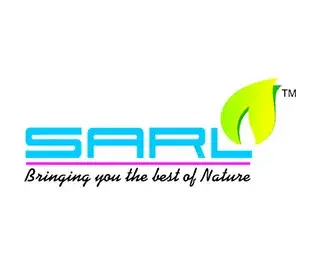

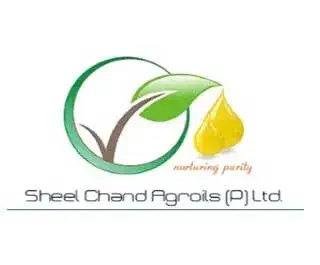
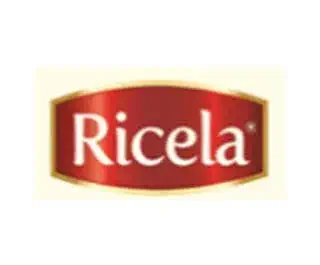
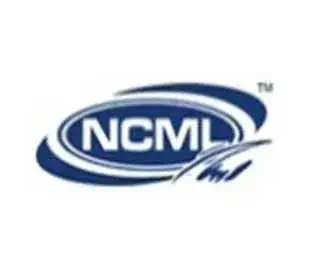
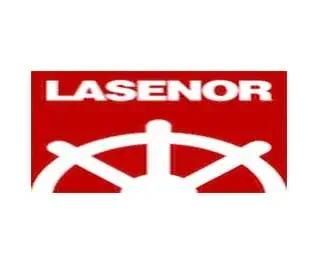






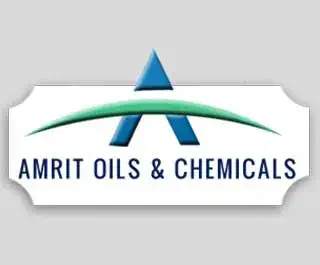
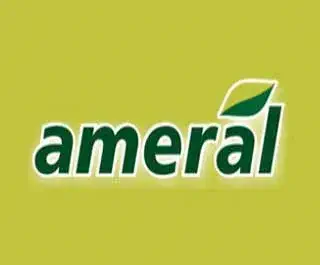
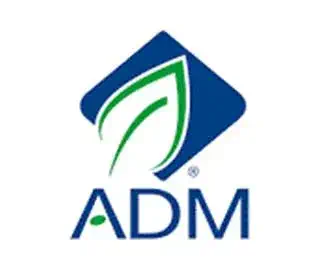



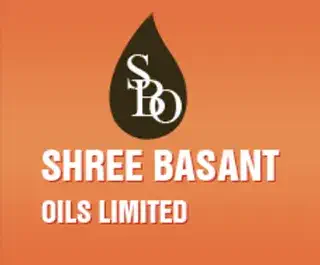
Discover some of the most asked questions regarding Enzymatic Degumming.
Enzymatic degumming is a process that uses specific enzymes to remove phospholipids (gums) from crude vegetable oils. The enzymes break down the phospholipids into smaller components that can be easily separated from the oil. This method is used as an alternative to traditional water or acid degumming methods.
Higher efficiency
Improved oil quality
Environmentally friendly
Mild conditions
Enzymatic degumming can be more cost-effective than other degumming methods, especially in large-scale operations. The process may require an initial investment in enzyme products and some specialized equipment, but it generally leads to fewer chemicals and less water usage, resulting in overall lower operational costs. Additionally, it produces higher-quality oil, which can be more profitable in the market.
Yes, enzymatic degumming is considered an environmentally friendly method compared to traditional degumming processes. It uses fewer chemicals, requires less water, and produces less waste, making it a more sustainable option for refining edible oils.
Enzymatic degumming is particularly effective for oils with significant phospholipid content. However, its effectiveness can vary based on the type of oil, the enzyme used, and the specific conditions of the process. For oils with low phospholipid content, enzymatic degumming may not be necessary or as beneficial.